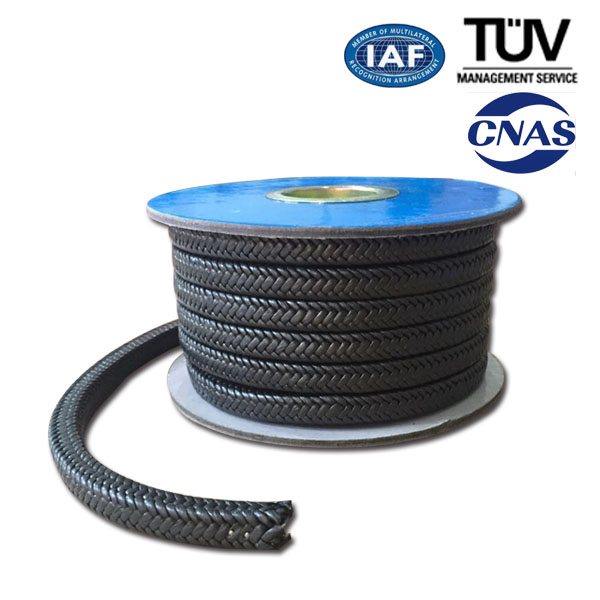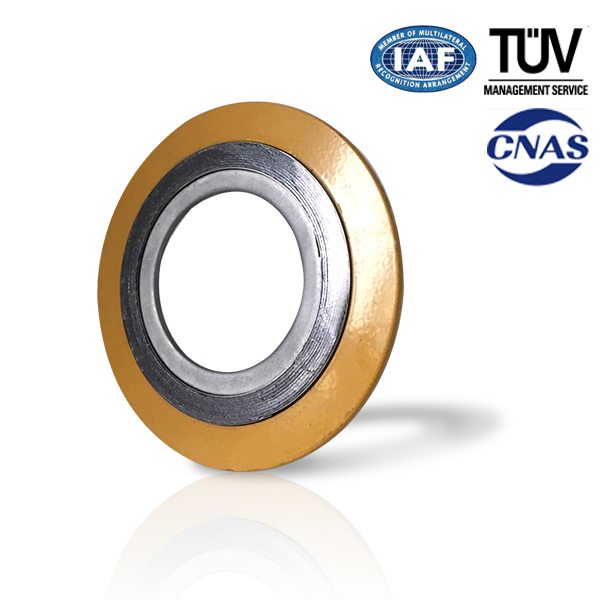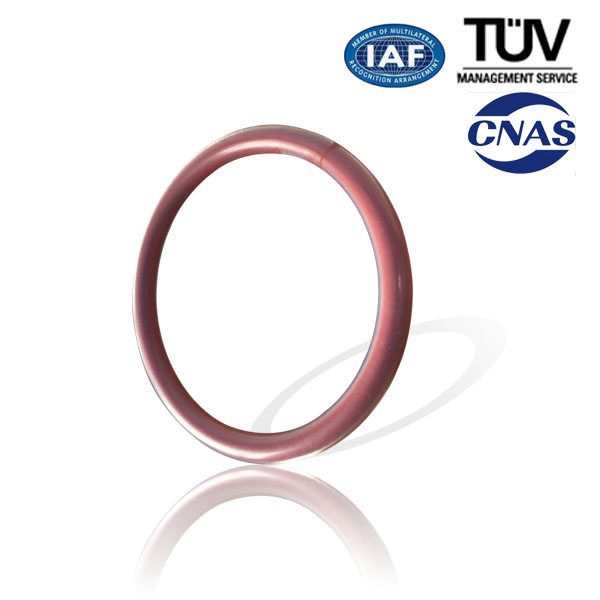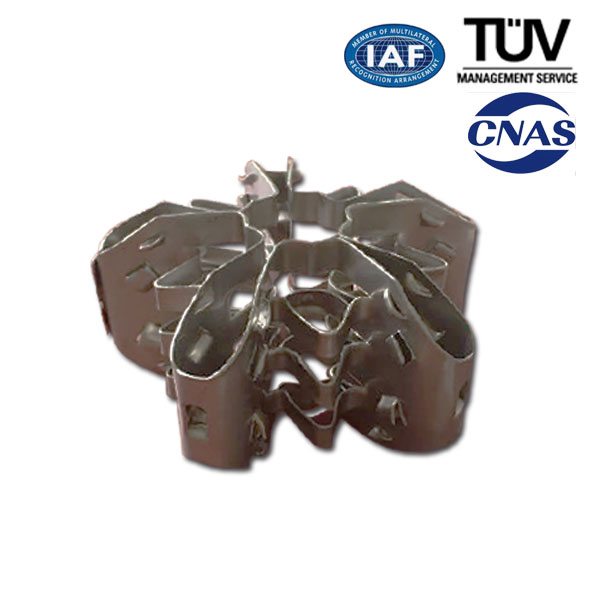New Arrival China PTFE Gasket Wholesale to Melbourne
New Arrival China PTFE Gasket Wholesale to Melbourne Detail:
PTFE gasket is manufactured by molding method with PTFE granular resin. Compared with other plastic, PTFE has a superior properties against chemicals and temperature. Because of such excellent properties, PTFE gasket has a wide application as a sealing material.
Technical Data Sheet
| Property | Unit | Result |
| Density | g/cm3 | 2.18 |
| Elongation at Break | % | 200~450 |
| Tensile Strength | Mpa | 14~18 |
| Bending Strength | Mpa | No Break |
| Pressure Resistance | Mpa | 24 |
| Tensile Modulus | Mpa | 393 |
| Bending Modulus | Mpa | 490~586 |
| Working Temperature
(20000 hr, highest) |
℃ |
260 |
Application Area
As a sealing material, PTFE gaskets can be used in flange joint of various equipments and pipes in chemical industry, food producing industry, medicine industry and so on. It can bear the most bitter chemical medium, and has good anti-creeping performance. The unloaded operating temperature range is -180~+260℃.
Product detail pictures:
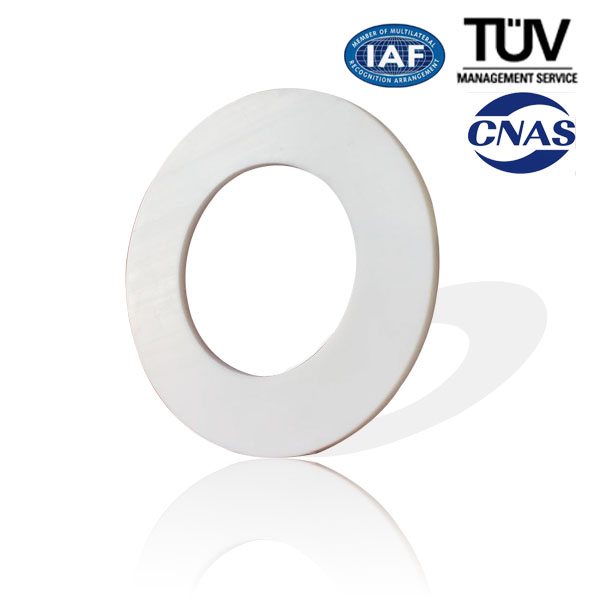
Related Product Guide:
A Look at the Molded Gasket
Useful Tips For Installing The Teflon Envelope Gasket
New Arrival China PTFE Gasket Wholesale to Melbourne, The product will supply to all over the world, such as: , , ,



